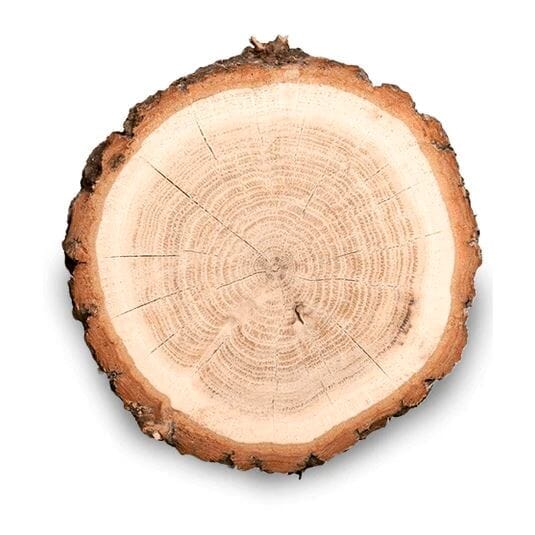Good Perfumer X Coriander
An intoxicating fragrance! A fruity and slightly bitter freshness emanates from grapefruit and pineapple. 701 bursts forth with an explosion of spices and herbs: pepper, rosemary, coriander, eucalyptus, and cypress. They warm the atmosphere and blend perfectly with amber wood and incense.
What does the word "coriander" mean?
The word "coriander" has an interesting etymological origin. It comes from the Latin "coriandrum," which itself was borrowed from the ancient Greek "koriannon." This Greek term may have been derived from the word "koris," which meant "bug" or "insect." It likely referred to the distinctive odor of coriander, which was compared to that of bugs. This association with insects was then transmitted into Latin and European languages, giving rise to the word "cilantro" that we use today to refer to this aromatic plant. Coriander has been valued for its aroma and culinary uses since ancient times, and its name has survived through the centuries to reach us in its current form.
In the beginning…
The history of coriander dates back to ancient times, originating in regions of southern Europe and western Asia. It is estimated that this herbaceous plant was already in use over 5,000 years ago in ancient Egypt, where its seeds were used both as a spice and in medicinal preparations. From there, coriander gradually spread to other parts of the world through trade and commerce.
Over the centuries, coriander has taken root in various cultures and cuisines, becoming an essential spice in Asian, Mediterranean, Indian, Latin American, and Middle Eastern cooking. Its fresh leaves, seeds, and aromatic stems are used to flavor and enhance a wide variety of dishes. Coriander has also been used in traditional medicine for its medicinal properties, particularly its digestive and stimulant properties. It has played an important role in ancient medicinal practices and continues to be valued for its health benefits.
Coriander cultivation
Coriander is grown in various regions around the world, spanning tropical, subtropical, and temperate climates. The main producing countries include India, China, Morocco, Russia, Indonesia, and Mexico. India is one of the largest producers and consumers of coriander, using its fresh leaves and seeds in a multitude of dishes. Morocco is also a major producer, supplying much of the coriander seeds used in the global food industry. Coriander is enjoyed in many international cuisines, making it a widespread crop across the globe.
Coriander is grown in well-drained, fertile soil. Seeds are sown directly into the ground or in a nursery bed in spring or fall. Within a few days to a few weeks, the seeds germinate, and the plants thrive with regular watering. The leaves are harvested 6 to 8 weeks after planting, before flowering, to preserve their best aroma. Seeds are harvested once the flowers have dried, and the stems can also be harvested for use in cooking. Coriander leaves, seeds, and stems can be used fresh or dried to flavor a variety of dishes.
What did you know about coriander in perfumery?
The process of distilling coriander in perfumery involves harvesting coriander seeds at maturity and then drying them to reduce their water content. The dried seeds are then placed in a still, where they undergo steam distillation. The steam passes through the seeds, carrying the aromatic compounds with it. This steam, laden with essential oil, is then cooled and condensed to obtain coriander essential oil. The oil is then filtered to remove any impurities and bottled for use in perfumery, adding its warm, spicy, and herbaceous notes to fragrance compositions.
Coriander exudes a distinctive and complex aroma, combining spicy, herbal, fresh, and slightly lemony notes. Its fresh leaves have a green, slightly pungent scent reminiscent of parsley. The main constituent of coriander seeds is linalool.
The seeds offer a warmer, spicier aroma with woody undertones. In perfumery, coriander is used to bring spicy, herbaceous, and fresh nuances to compositions. It blends well with other ingredients such as ginger, cardamom, black pepper, bergamot, and lemon, creating spicy, fresh, and invigorating accords. It can also be combined with floral, woody, or amber notes to add an exotic and captivating touch to certain fragrances.
Some legendary coriander flavors...
• Cartier Declaration Eau de Toilette
• Tomo Eau de Toilette by Annayaké
• Poison by Dior
• Dior Homme Eau for Men by Dior
• Chanel Antaeus Eau de Toilette
• Coriandre Eau de Toilette by Jean Couturier
• Kouros Eau de Parfum by Yves Saint Laurent







